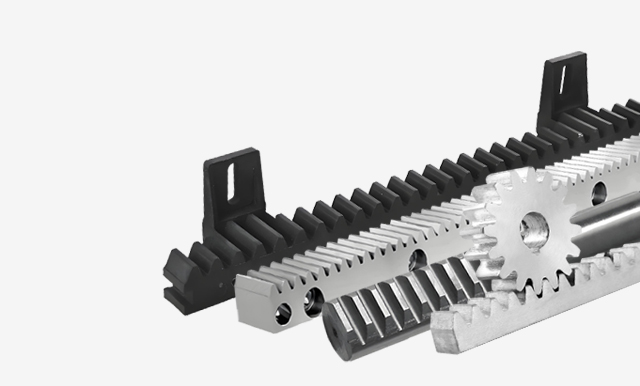No. 200 Gaoxin RD, Shanghua St, Lanxi, Zhejiang, P. R China
The CNC (Computer Numerical Control) machine tools are widely used in ...
See Details
Gears and racks are critical components in many mechanical systems, including industrial machinery, automotive applications, and automation equipment. Ensuring their precision and durability is essential for smooth operation and long-term reliability. For this reason, a Gear And Rack Manufacturer implements a series of tests and inspections during production to maintain strict quality control. Understanding these tests can help engineers and buyers evaluate the reliability of components before integrating them into their systems.
Dimensional Inspection
One of the primary quality checks is dimensional inspection. This test ensures that gears and racks meet specified measurements, including tooth profile, pitch, width, and overall length. Deviations from the design can cause to improper meshing, noise, or premature wear. Manufacturers use tools such as coordinate measuring machines (CMM), calipers, and specialized gear measurement devices to verify dimensions. Regular dimensional checks during production help prevent errors and maintain consistency across batches.
Material and Hardness Testing
Material quality is another crucial factor for performance. A Gear And Rack Manufacturer typically performs material testing to confirm that the steel or alloy used meets required specifications. This can include chemical composition analysis and hardness testing. Hardness tests, such as Rockwell or Brinell measurements, evaluate the surface and core strength of the components. Proper hardness ensures that gears and racks can withstand operational loads and resist wear over time.
Tooth Contact and Profile Testing
Gears and racks must mesh smoothly to transfer power efficiently. Tooth contact and profile testing examines the alignment and interaction of teeth. Manufacturers may use gear rolling testers or specialized optical devices to check for deviations in tooth shape, spacing, and alignment. Even minor errors can affect torque transmission and cause to vibration or noise. By performing these tests, manufacturers ensure that gears and racks provide consistent performance under varying loads.
Load and Endurance Testing
To assess durability, many Gear And Rack Manufacturers conduct load and endurance tests. These tests simulate real operating conditions by applying repeated stress cycles to the gear and rack assembly. Load tests measure the component's ability to handle specific forces without deformation, while endurance tests evaluate long-term wear and fatigue resistance. Components that pass these tests are more likely to maintain performance over extended service periods.
Surface Finish and Coating Inspection
Surface finish can influence friction, noise, and overall efficiency. Manufacturers often check surface roughness and inspect coatings if applied, such as plating or protective layers. A smooth, well-finished surface reduces wear and helps gears and racks operate quietly and efficiently.
Quality control in gear and rack production involves a combination of dimensional checks, material and hardness tests, tooth profile evaluations, load and endurance assessments, and surface inspections. By implementing these measures, a Gear And Rack Manufacturer can ensure that components meet performance requirements and provide reliable operation. Understanding these tests allows buyers and engineers to select suppliers that maintain consistent standards, ultimately supporting the long-term efficiency and stability of mechanical systems.